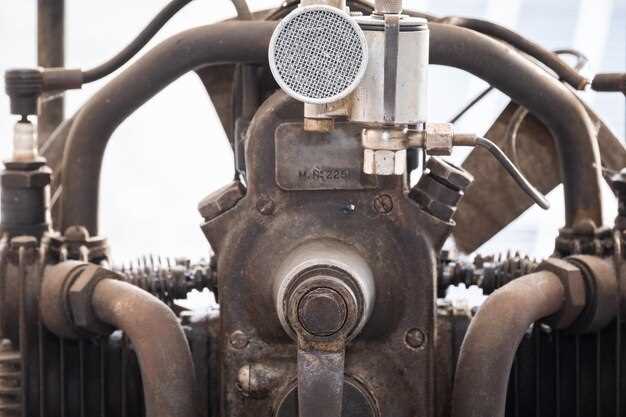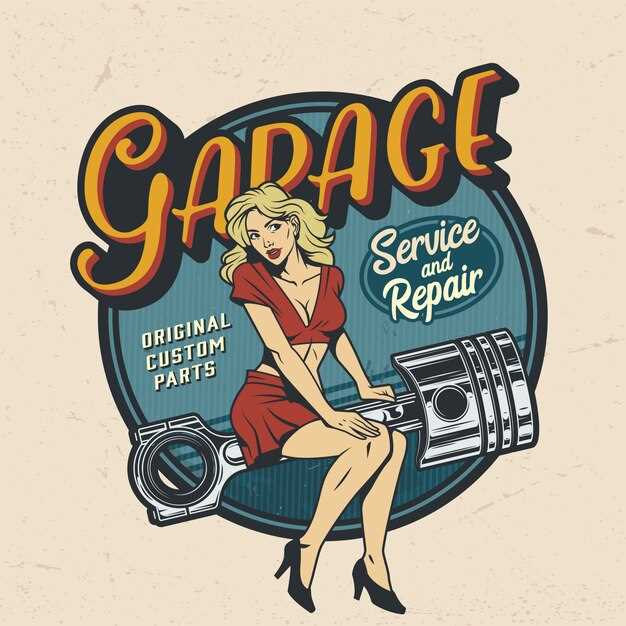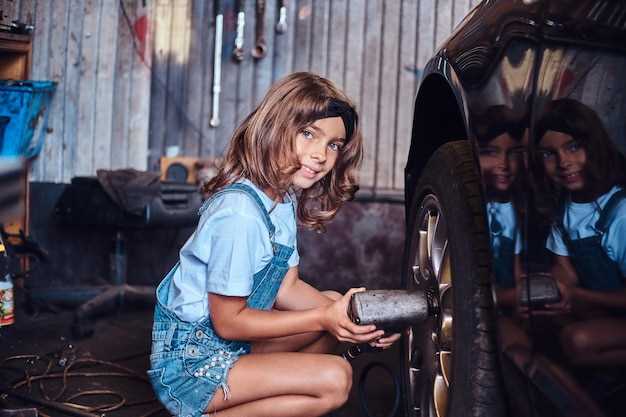
Rebuilding an engine is a labor of love for many classic car enthusiasts. The process not only revives a vehicle’s performance but also enhances its historical value. When it comes to vintage car engines, a meticulous approach is essential, as these engines often come with unique challenges that modern engines do not face.
To successfully rebuild a vintage car engine, it’s crucial to gather essential tools and parts specific to the model you are working on. Original components can often be hard to find, so researching alternatives or aftermarket parts that maintain the authenticity of your engine is advisable. Understanding the specifications and mechanisms of vintage engines will help in troubleshooting common issues and determining the best course for your rebuild.
Additionally, meticulous attention to detail can make a significant difference in the outcome of your rebuild. Proper cleaning, inspecting for wear and tear, and replacing faulty components are all critical steps that should not be overlooked. With the right knowledge and preparation, anyone can breathe new life into a vintage engine, ensuring that it runs smoothly and reliably for years to come.
Assessing Engine Condition and Planning Your Rebuild
The first step in any vintage car engine restoration project is thoroughly assessing the engine’s condition. Start by visually inspecting the engine for external damage such as cracks, corrosion, or leaks. Pay close attention to the oil pan, cylinder head, and block, as these areas are prone to wear over time.
Next, perform a compression test to evaluate the health of each cylinder. Low compression readings may indicate worn piston rings or damaged valves, indicating the need for a more extensive rebuild. Additionally, checking the engine for unusual noises during a running test can provide insight into potential issues, such as bearing wear or timing chain problems.
After assessing the mechanical aspects, focus on the internal components. Remove the oil pan and examine the oil for metal shavings, which can signify serious problems. Inspect the bearings, crankshaft, and camshaft for signs of excessive wear. This detailed evaluation will help determine the extent of the restoration needed and guide your planning process for the rebuild.
Once you have a clear understanding of the engine’s condition, create a comprehensive plan for your rebuild. List the required parts and tools based on your assessment. It’s beneficial to prioritize tasks, starting with critical repairs before moving on to aesthetic enhancements. Developing a timeline can help keep your project on track and ensure you remain focused on achieving your restoration goals.
Finally, consider documenting the entire process. Taking notes and photographs can serve as a valuable reference for future projects or for others interested in vintage car restoration. This documentation will also ensure transparency in your rebuild efforts, allowing for adjustments to be made if unexpected challenges arise.
Essential Tools and Parts for a Successful Engine Restoration

Restoring a vintage car engine requires careful planning and the right tools and parts to ensure a successful rebuild. Here is a comprehensive list of essential items that will help streamline the restoration process.
- Engine Hoist: An engine hoist is crucial for safely removing and installing the engine. Look for a sturdy, adjustable hoist to accommodate various engine weights.
- Engine Stand: A dedicated engine stand provides stability and allows easy access to all sides of the engine during the rebuild.
- Basic Hand Tools: Have a complete set of wrenches, sockets, ratchets, screwdrivers, and pliers available. These tools are necessary for disassembly and assembly.
- Torque Wrench: An essential tool for ensuring all fasteners are tightened to the manufacturer’s specifications, preventing engine damage from over-tightening.
- Digital Caliper: For precise measurements of components, a digital caliper is vital during the rebuilding process.
- Gasket Set: A complete gasket set ensures a proper seal and prevents leaks upon reassembly. Choose high-quality gaskets suitable for the engine type.
- Seals: Replace all seals, including crankshaft and camshaft seals, to maintain engine integrity and efficiency.
- Bearings: It is critical to replace main and rod bearings as they wear over time, ensuring proper lubrication and reducing friction.
Additionally, certain parts are necessary for enhanced performance and longevity:
- Piston Set: Choose pistons that match your engine specifications. Consider upgraded performance pistons for better power output.
- Rings: New piston rings are essential for maintaining compression and oil control in the engine.
- Lifters and Pushrods: Inspect and replace lifters and pushrods if worn to ensure smooth operation of the engine’s valvetrain.
- Timing Set: A quality timing chain or belt set is necessary for synchronization of engine components, improving performance and reliability.
- Oil Pump: A new oil pump guarantees proper lubrication and reduces the risk of engine failure due to low oil pressure.
Equipping yourself with these essential tools and parts will greatly enhance your engine rebuild experience, ensuring a smoother process and a reliable restored engine in your vintage car.
Common Mistakes to Avoid During the Rebuilding Process

Rebuilding an engine is a meticulous task that requires attention to detail. One of the most common mistakes is underestimating the importance of cleanliness. Any debris or contamination can lead to premature wear or failure. Ensure that all parts and workspaces are thoroughly cleaned before commencing the rebuild.
Another mistake often encountered is neglecting to inspect all components. It’s easy to assume that older parts can be reused without assessment. However, worn or damaged components may compromise the performance of the freshly rebuilt engine. Always perform a thorough inspection of each part, including the crankshaft, cylinder heads, and gaskets.
Failure to organize and document the disassembly process can create confusion during reassembly. Keeping track of all parts, fasteners, and their positions is crucial for a successful rebuild. Consider taking photographs or labeling parts to simplify the process.
Overlooking manufacturer’s specifications is a frequent error. Ensure that you have the correct torque settings, clearances, and assembly sequences as specified for your engine model. Deviating from these guidelines can lead to serious issues, such as head gasket failure or misaligned components.
Additionally, rushing through the rebuilding process can lead to significant mistakes. Take your time to ensure each step is completed thoroughly and correctly. Hastiness may result in overlooked details that could have adverse effects later on.
Lastly, many builders underestimate the importance of using proper tools and equipment. Using inappropriate tools can lead to damage or inaccurate assembly. Invest in quality tools and consider renting specialized equipment if necessary.


